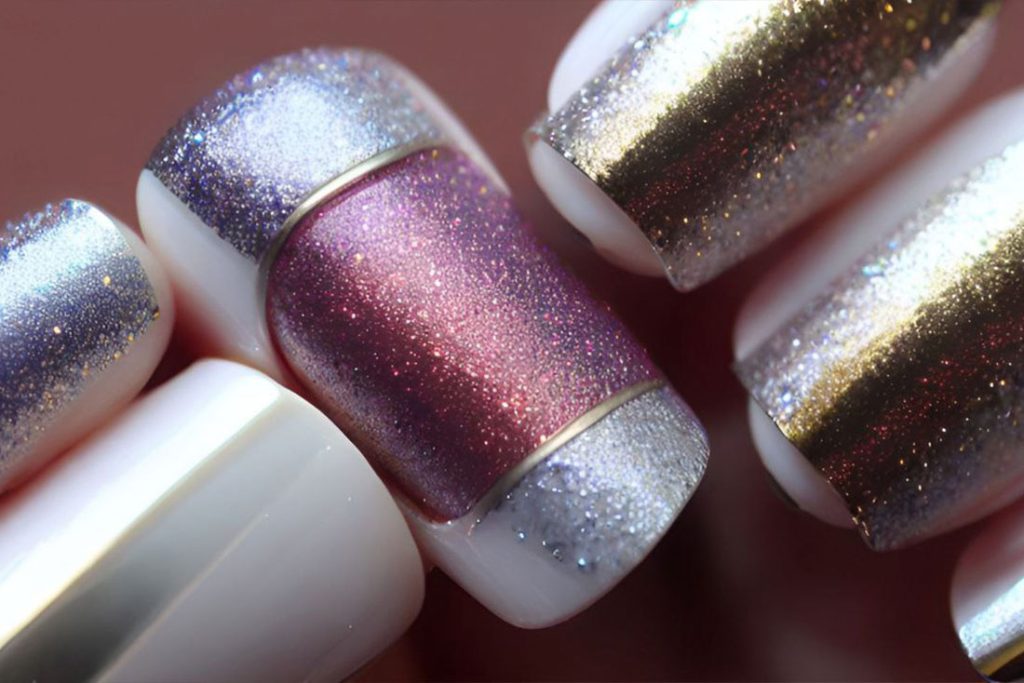The Importance of Understanding Nail Structure and Growth for Cosmetologists: An Expert Perspective
The field of cosmetology is a multifaceted discipline, encompassing various aspects of personal aesthetics and health. Among these, nail care holds a significant place, not only contributing to one’s appearance but also offering valuable insights into an individual’s overall health. Consequently, for a cosmetologist, an in-depth understanding of nail structure and growth is pivotal. This article aims to explore the importance of studying nail structure and growth for cosmetologists and elucidate why this knowledge is an indispensable component of their professional expertise.

Nail
The Correlation Between Nail Appearance and Health
The appearance of nails is often reflective of an individual’s health. Healthy nails, smooth, devoid of discoloration, and of consistent thickness, are generally indicative of good health. Conversely, changes in nail color, texture, or growth rate could suggest underlying health issues. For instance, ridges might indicate iron deficiency, while yellowing may be a sign of a fungal infection. Therefore, a cosmetologist proficient in understanding nail structure and growth can provide not only aesthetic improvements but also identify potential health concerns, advising their clients to seek appropriate medical attention when necessary.
The Enhancement of Nail Aesthetics
Comprehending natural nail structure and growth aids cosmetologists in grooming, strengthening, and beautifying nails expertly. Knowledge of the nail’s different parts, including the nail plate, nail bed, matrix, and cuticle, allows a cosmetologist to effectively perform various nail services, from manicures and pedicures to applying artificial nails and nail art. The strength, thickness, and growth rate of nails can influence the choice of service and products used, enabling a cosmetologist to tailor their services to the unique needs of each client.
The Importance of Distinguishing Between Different Nail Components
One of the common confusions in nail care is the difference between the nail cuticle and the eponychium. While both form part of the nail structure, they serve different functions and require different care approaches. The eponychium is living skin that protects the matrix area, while the cuticle is a thin layer of dead tissue riding on the nail plate to prevent pathogens from accessing and infecting the nail bed. Incorrectly identifying and handling these structures could lead to discomfort or even injury. Hence, it is essential for cosmetologists to differentiate between these components to ensure safe and effective nail services.
Preparing for Advanced Nail Services
Finally, a robust understanding of natural nail structure and growth cycles paves the way for more advanced nail services. These could include nail enhancements like gels, acrylics, or dip powders, and specialized treatments for brittle nails, ridges, or other nail disorders. Advanced services require a deeper knowledge of the nail structure to avoid damaging the natural nail and to achieve optimal results.
Conclusion
In essence, an understanding of nail structure and growth is the cornerstone of professional nail care. It enables cosmetologists to enhance the beauty of nails, identify potential health issues, ensure the safety and efficacy of services, and provide advanced treatments. By investing in this knowledge, cosmetologists can elevate their practice, ensure client satisfaction, and ultimately, contribute positively to the image and wellbeing of their clients.






